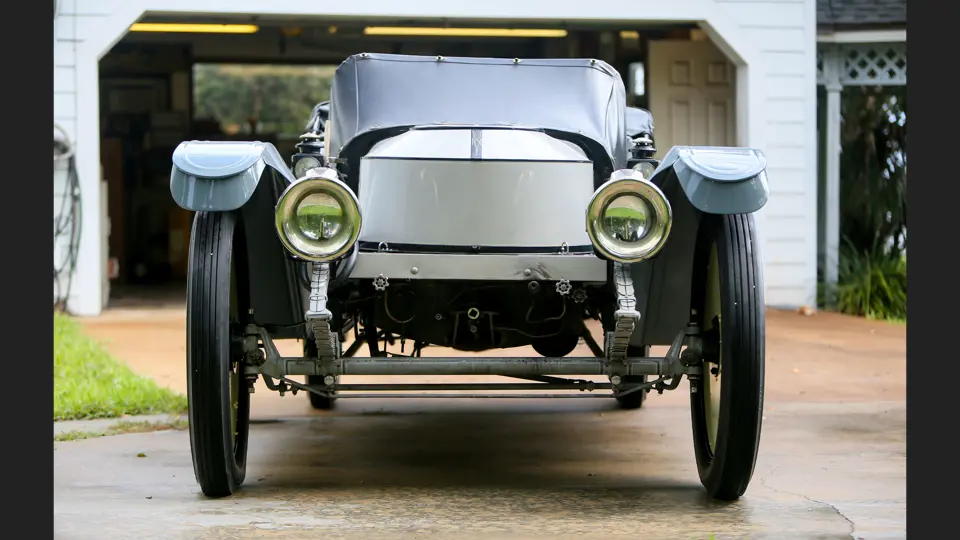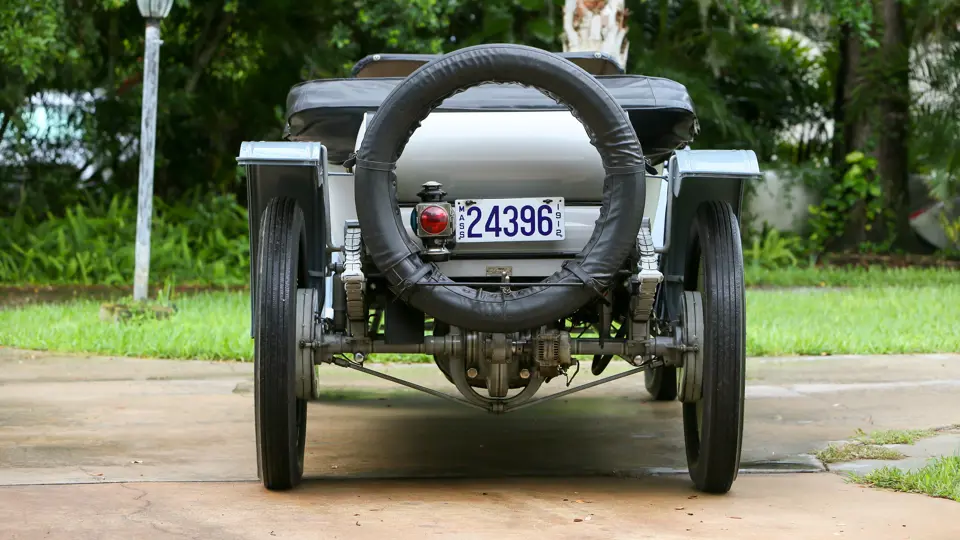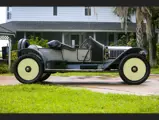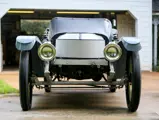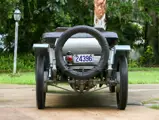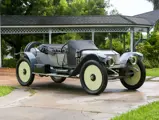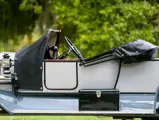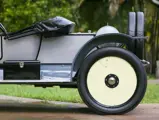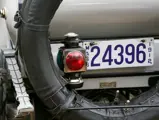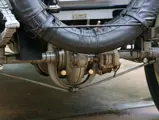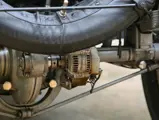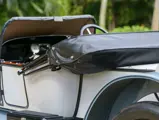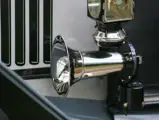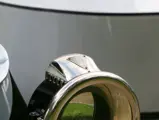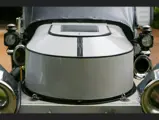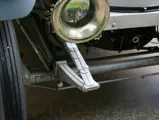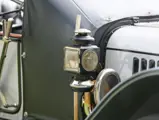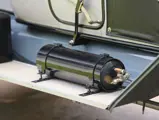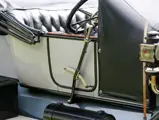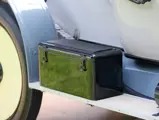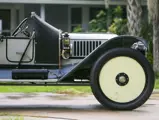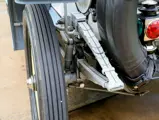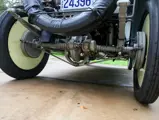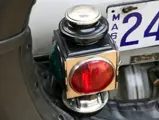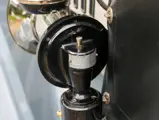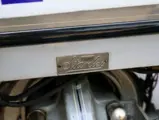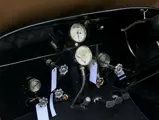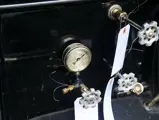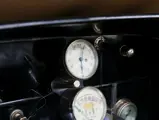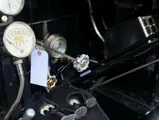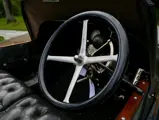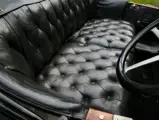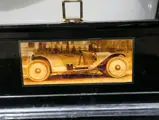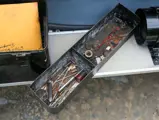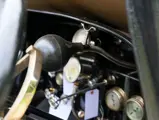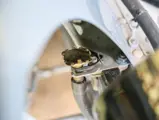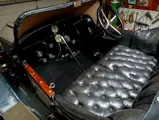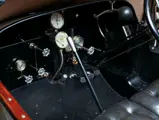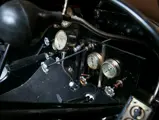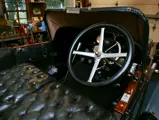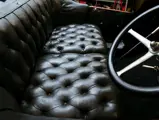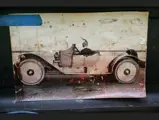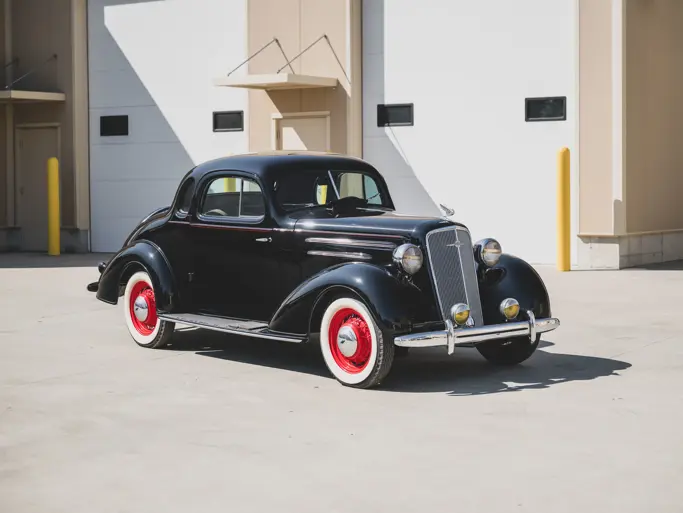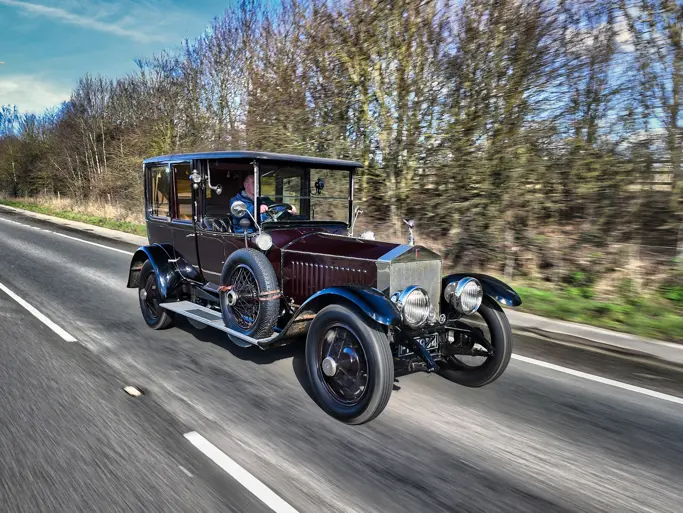
1912 Stanley Special Roadster Tribute
{{lr.item.text}}
$96,250 USD | Sold
{{bidding.lot.reserveStatusFormatted}}
- Forensic replication of Raymond Stanley’s Special Roadster built by renowned steam car enthusiast Brent Campbell
- 15-year research and construction project
- Ascended Mount Washington five times, with Jay Leno at the wheel for one of the drives
- A unique opportunity to experience the speedier side of steam power
Young Raymond Stanley was the envy of his classmates; his father and uncle owned an automobile company and could build cars to order. The Stanley twins, F.E. and F.O., were America’s premier manufacturers of steam cars, their cars iconic of the genre. Between 1908 and 1916, their Stanley Motor Carriage Company built no fewer than three special cars for the F.E. Stanley’s only male heir, all of them to Raymond’s own designs. Raymond attended Harvard University and earned his degree in Automotive Design, an area of great interest stemming from growing up in the exact same business. Which allowed him the opportunity to have his father supervise and help achieve his designs to create magnificent one-off automobiles.
Raymond’s first car was a non-production-looking version of the famous Model H Gentlemen’s Speedy Roadster, completed when he was just 14. On a short wheelbase and powered by a 10-horsepower engine (the full-size H was 20 horsepower), it took Raymond to school and back, and he drove it to Maine in the first summer.
Raymond designed his next car specifically for himself, and the factory pulled out the stops. Choosing a 30-horsepower engine, as used in the Model K Semi-Racer and the Model Z nine-passenger Mountain Wagon, he postulated a 118-inch wheelbase as used by the Mountain Wagon and designed a sleek, low two-seat roadster body. Completed in 1911, Raymond did not keep it long, selling it to Thomas Plant, a wealthy businessman, on 25 April 1912. The car remains in existence today, restored.
The next special built to Raymond’s design was lower and longer still. It had a non-standard 130-inch wheelbase and, of course, a 30-horsepower engine. There was no glass windscreen, just a Cambridge Windshield (known also as canvas cowl) to direct airflow upwards. By 1913, Raymond had changed the lighting to the newest style and raised the windshield, eventually fitting two “portholes” for better visibility. A luggage deck was fitted behind the cockpit, finished off with a round tank at the rear. It was fitted with novel combination kerosene and electric sidelamps, as well as electrically ignited E&J gas headlamps, which necessitated a battery box on the running board. Production cars would not get these until a year later. The wheels were of standard 28-inch artillery wood-spoke configuration and fitted with disc covers on both sides.
Unfortunately, it did not survive. Its steering gear proved to be a weak point, and on its second failure it catapulted Raymond and his passengers through a barbed wire fence, with the front wheels stopping in a pond. Fortunately, there were no serious injuries, but Raymond’s father had the car dismantled.
That is where it might have ended, but for the efforts of a renowned Stanley collector and restorer Brent Campbell. Campbell is the grandson of a Stanley factory employee who had later worked for factory service manager Fred Marriott (also the race driver who had set the 1906 land speed record for Stanley), Campbell had previously acquired and restored the remains of Raymond’s special 1911 Stanley.
Working from photographs of the original car, he spent years collecting appropriate 30-horsepower Stanley parts from the 1912 era. Choosing to replicate the car’s initial configuration, before Raymond updated the fenders and lighting, he obtained a set of 1912 fenders from a batch made up for several restorers then at work. Reproduction of the unique chassis as well as a body “skeleton” was undertaken by Mark Herman, a cabinet-maker renowned for woodwork on early Stanleys. The skeleton was skinned in aluminum by Don Irvine in Michigan.
Completed in 2016, the car toured for a week that summer in Rhode Island. It celebrated Independence Day 2017 by passing the ultimate test: driving up New Hampshire’s Mount Washington, the highest peak in New England, with Jay Leno at the wheel. The event was captured on video by a 40-member production team wielding 12 cameras, one of them on a helicopter hovering overhead.
A true unicorn, this car presents a one-of-a-kind opportunity: the ability to experience steam motoring as enjoyed by Raymond Walker Stanley.
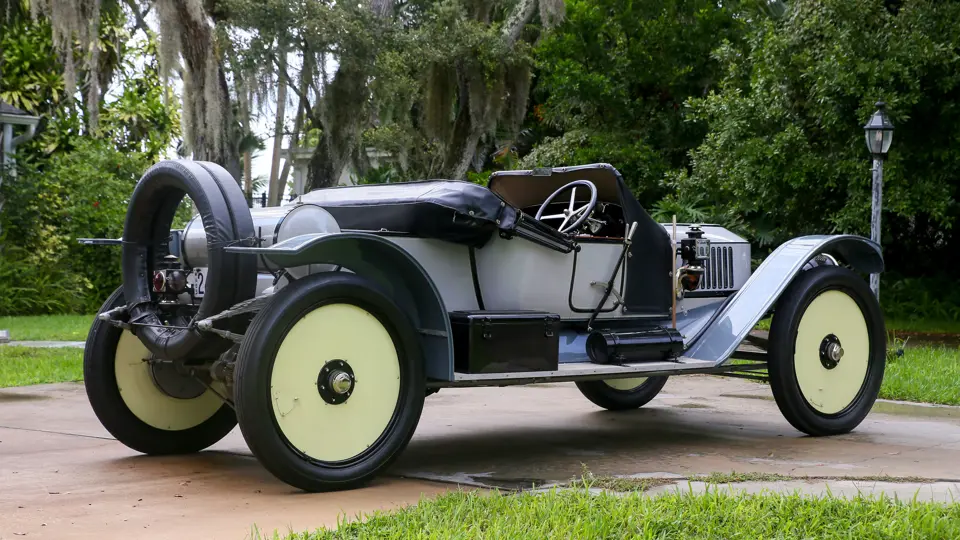




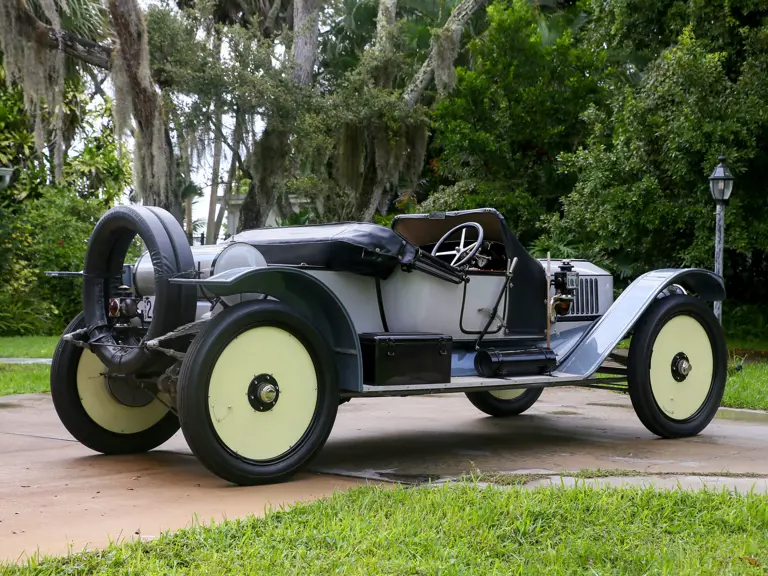
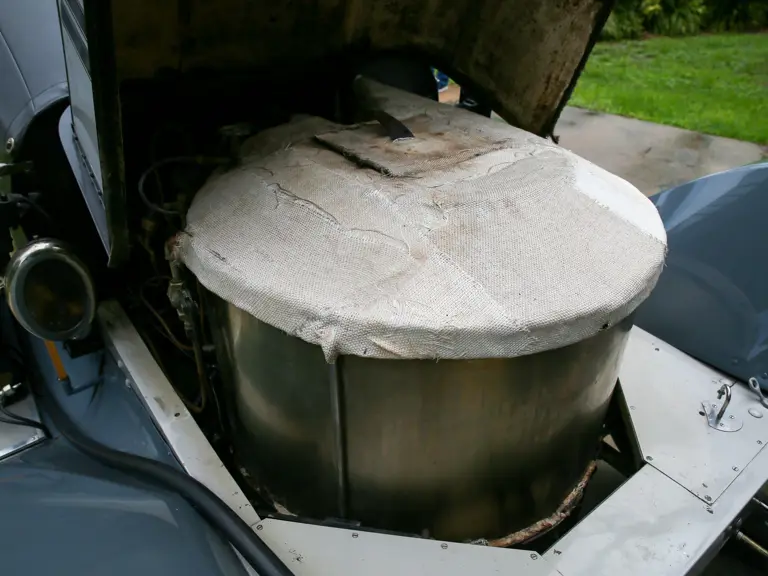
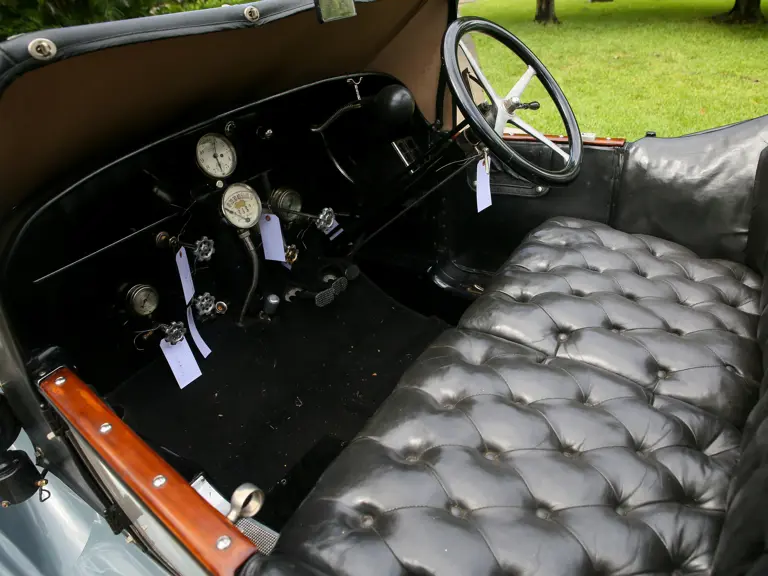
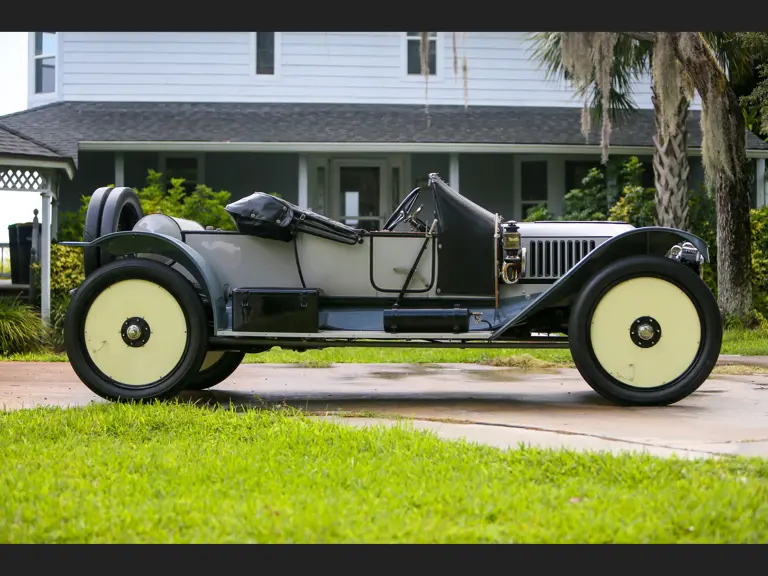
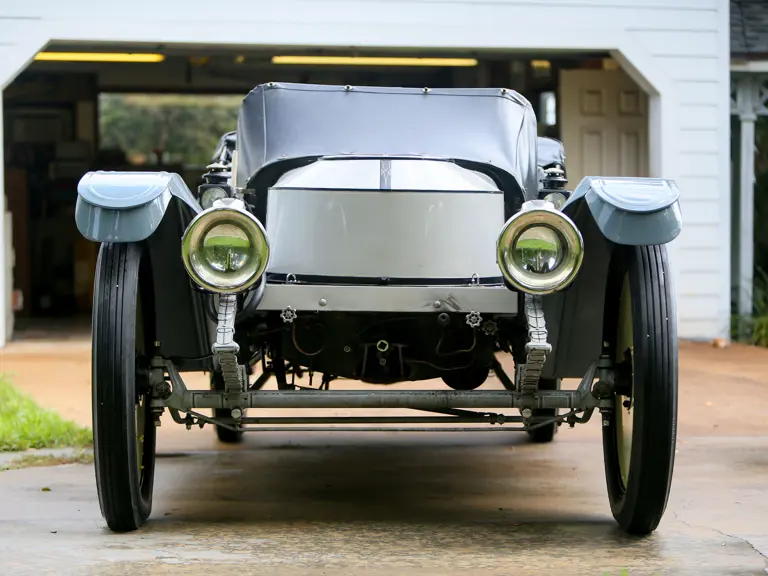
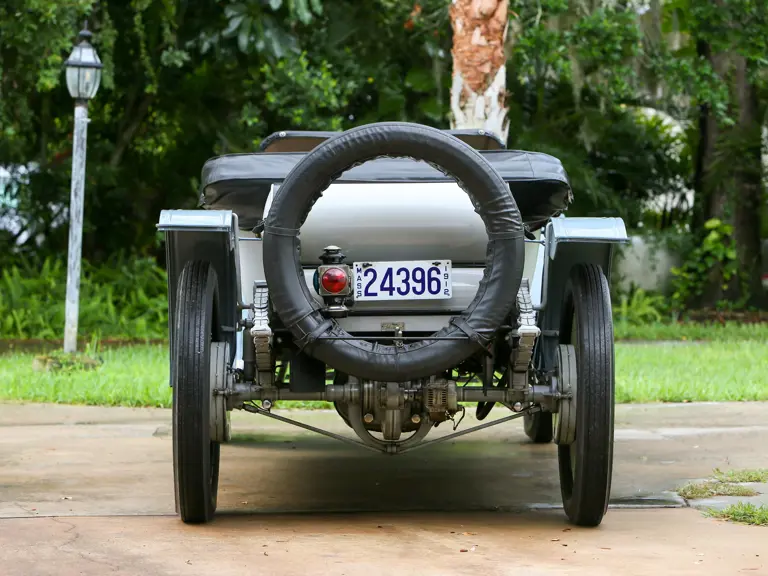

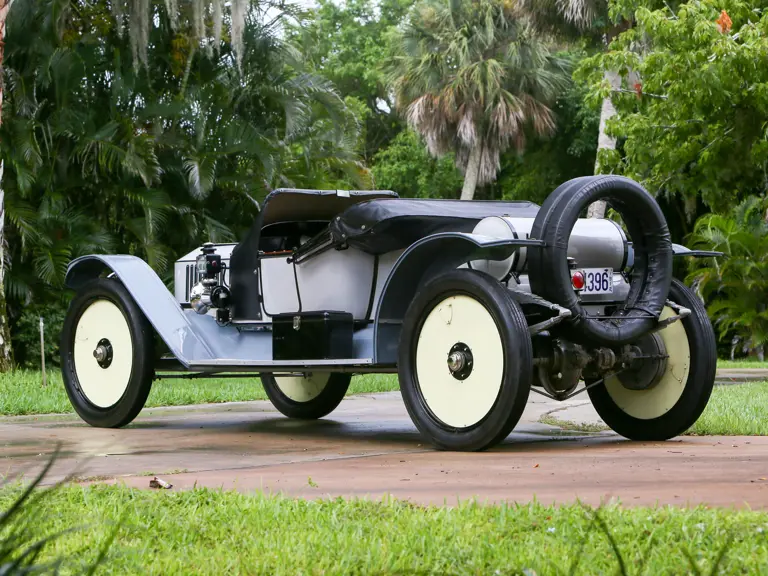
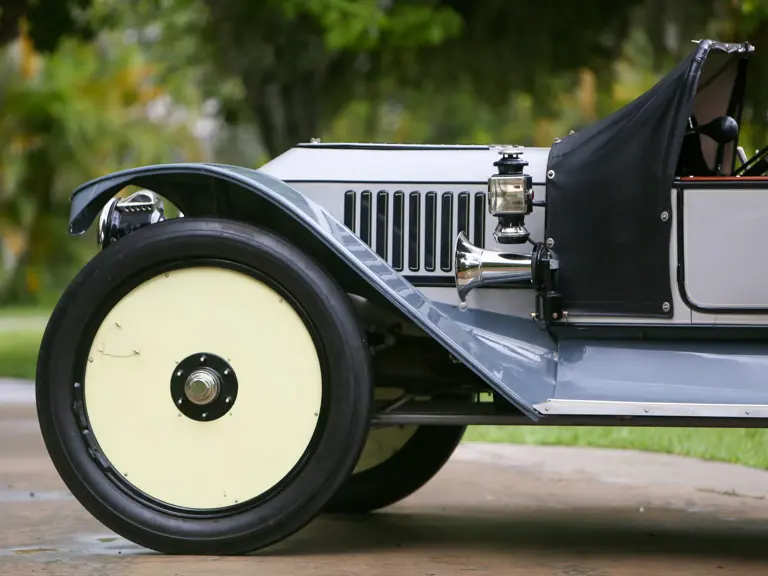

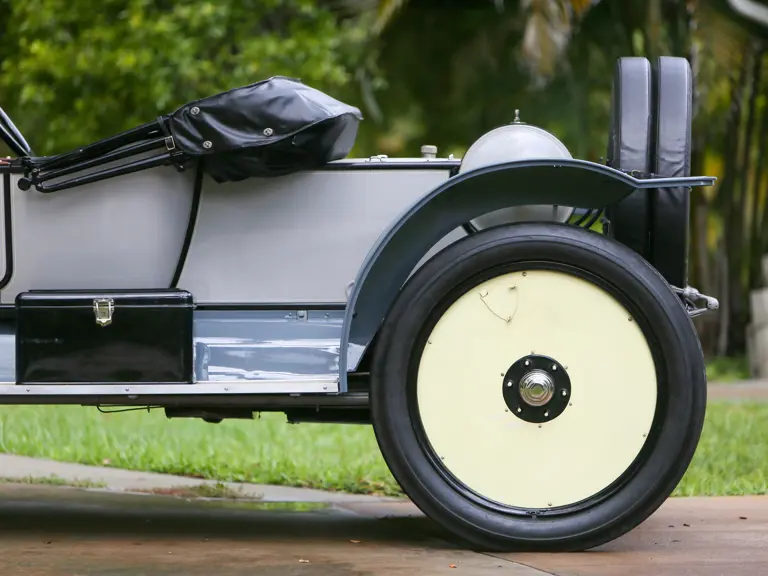
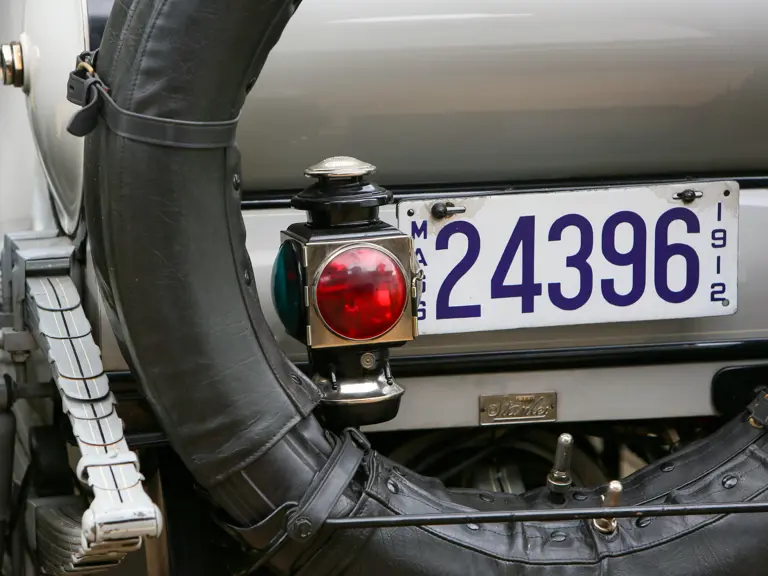
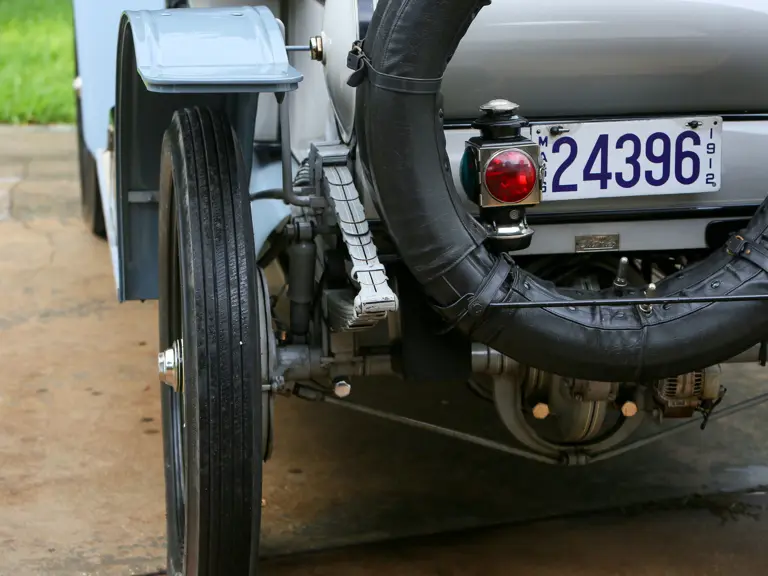

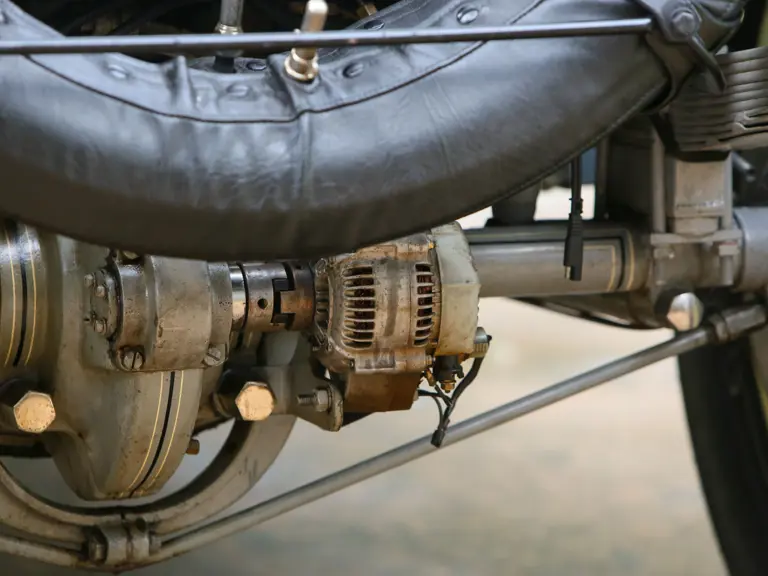
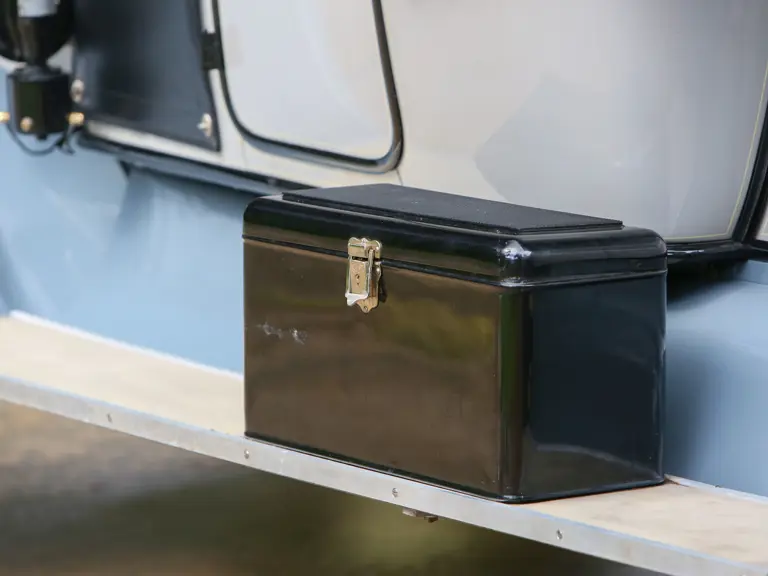
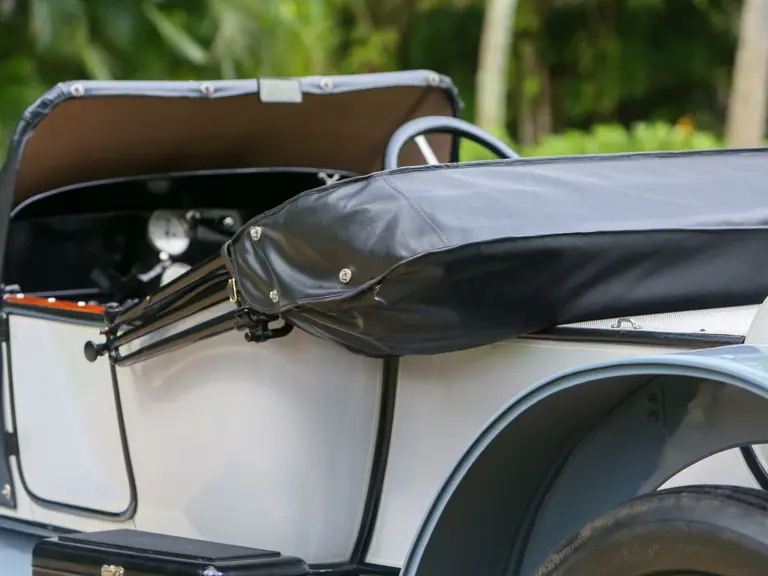

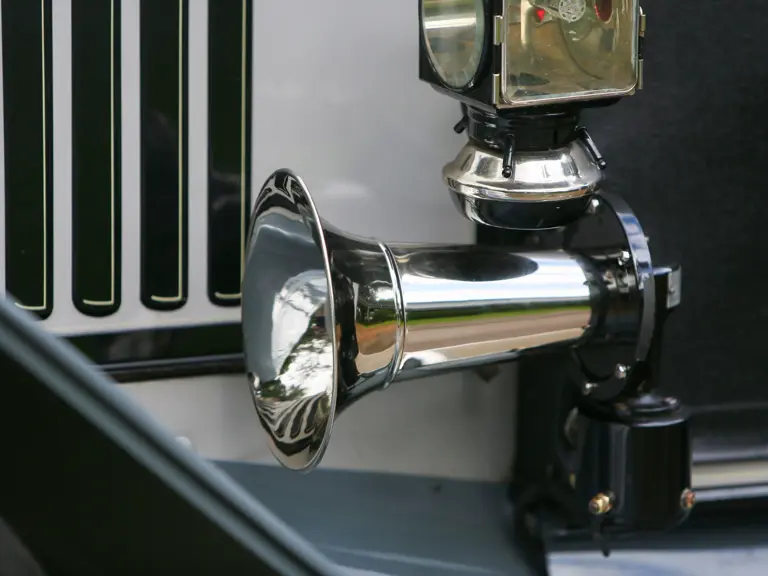
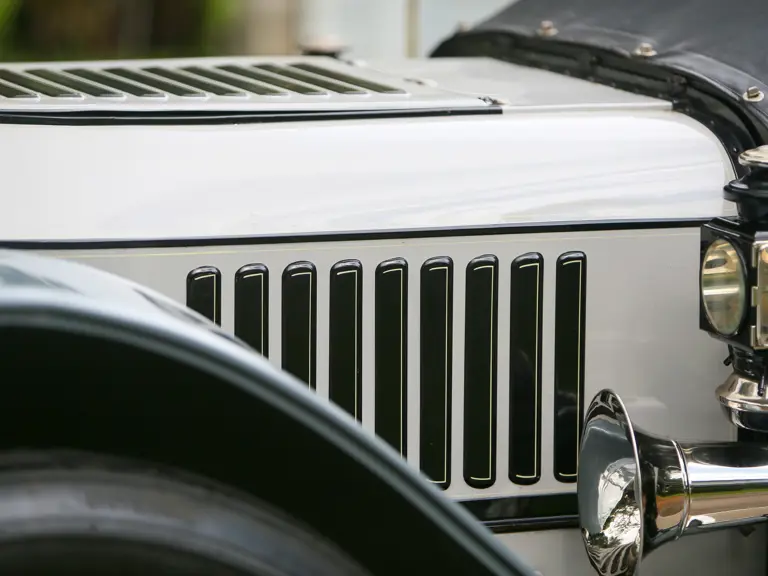
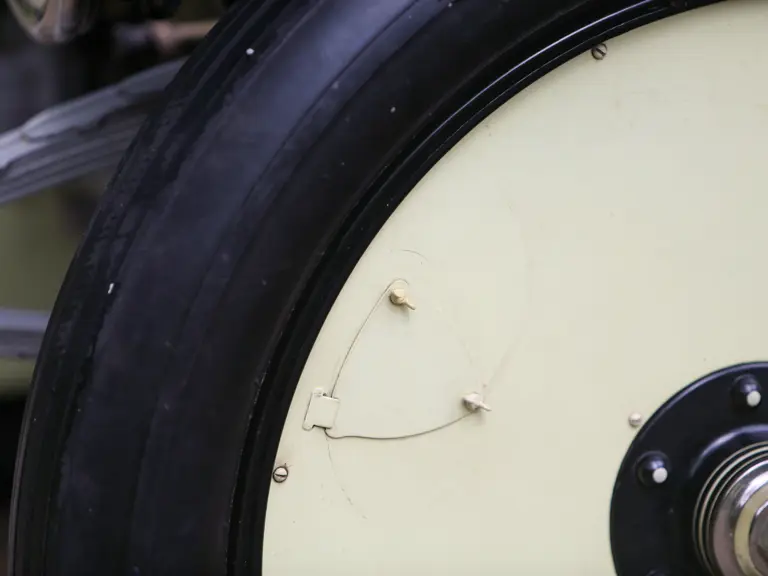

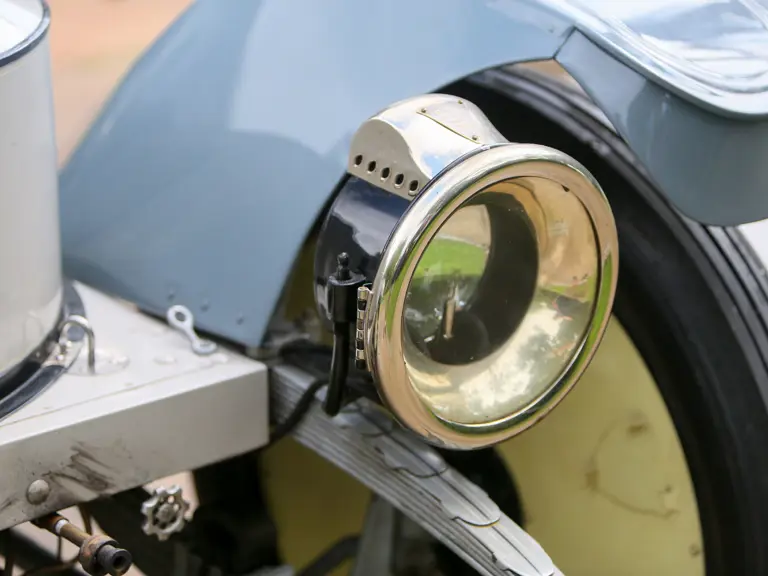
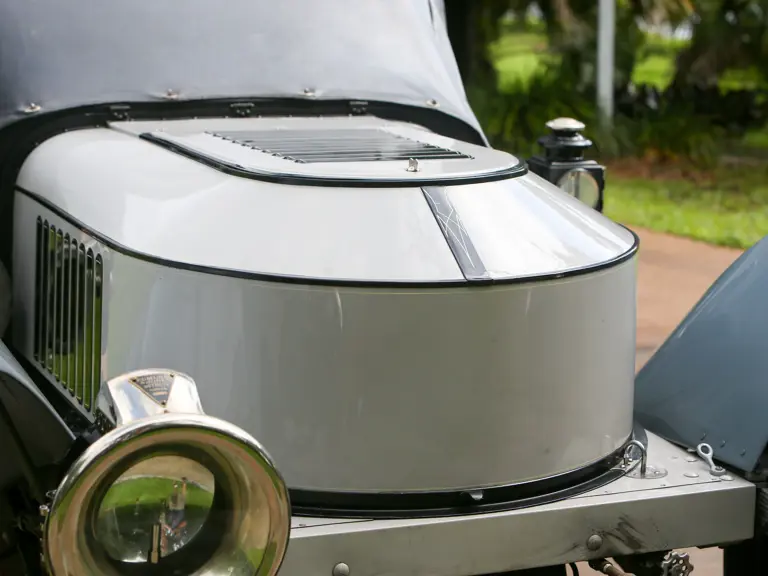
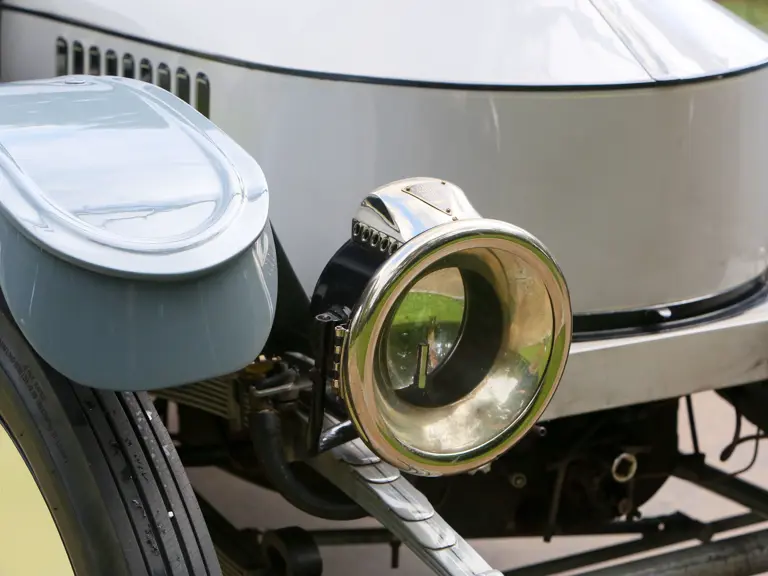
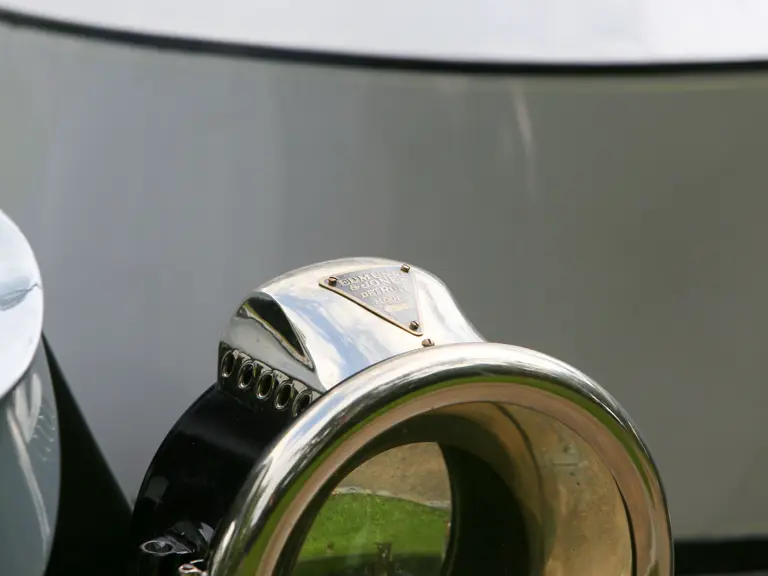

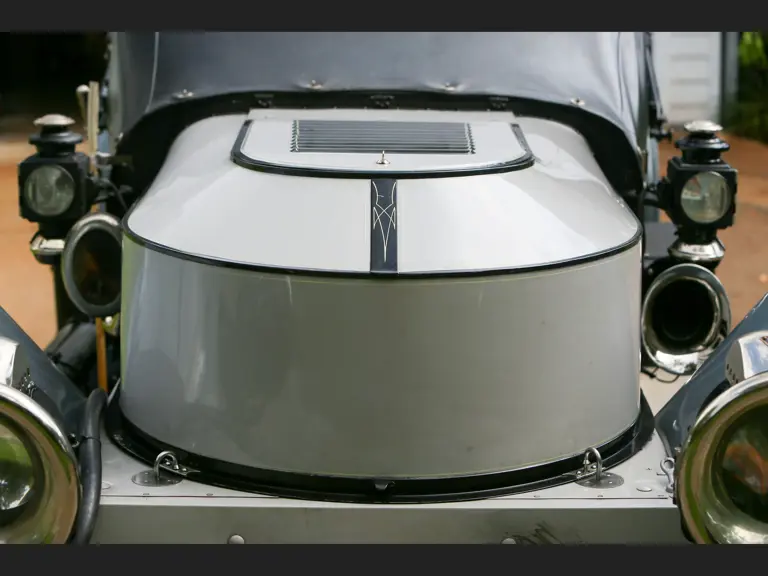
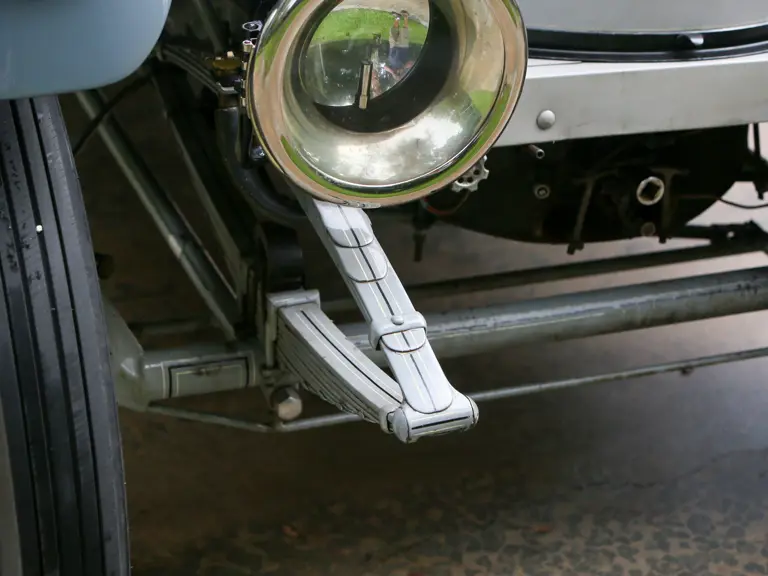



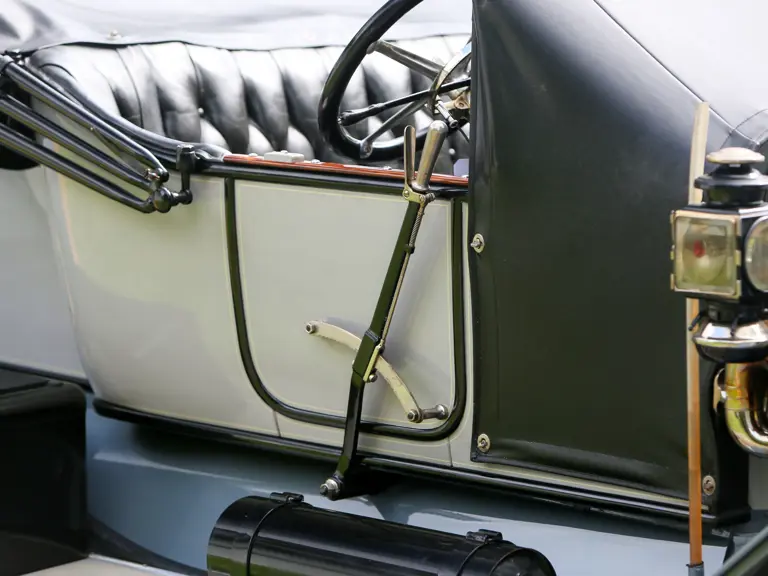

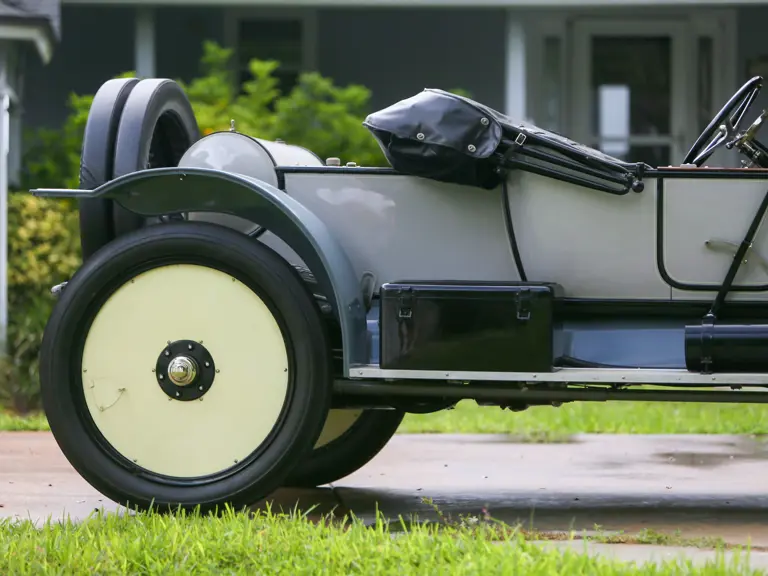
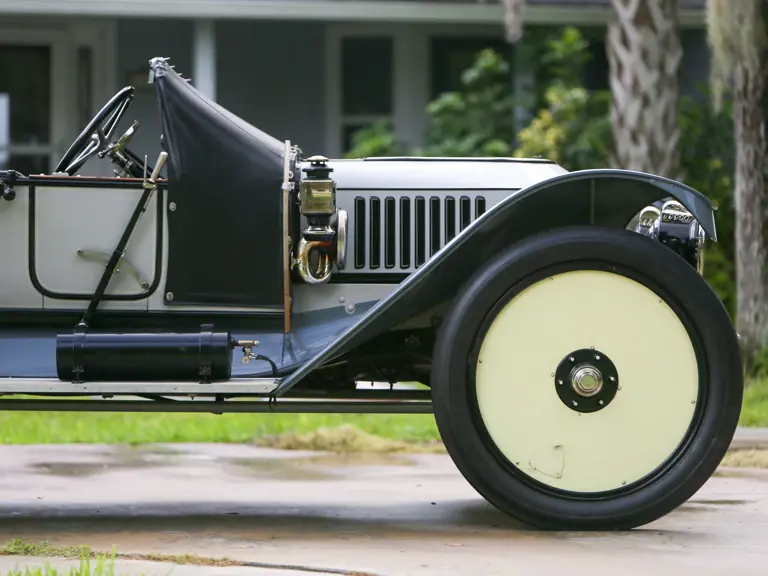

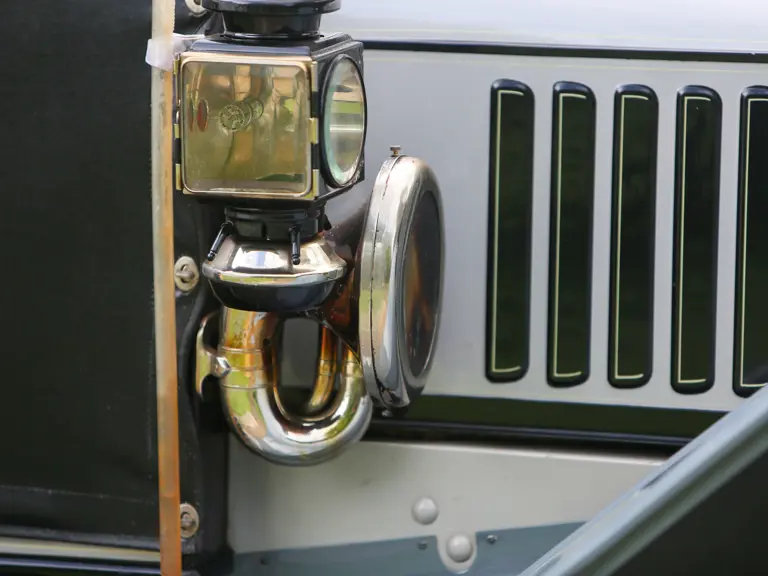


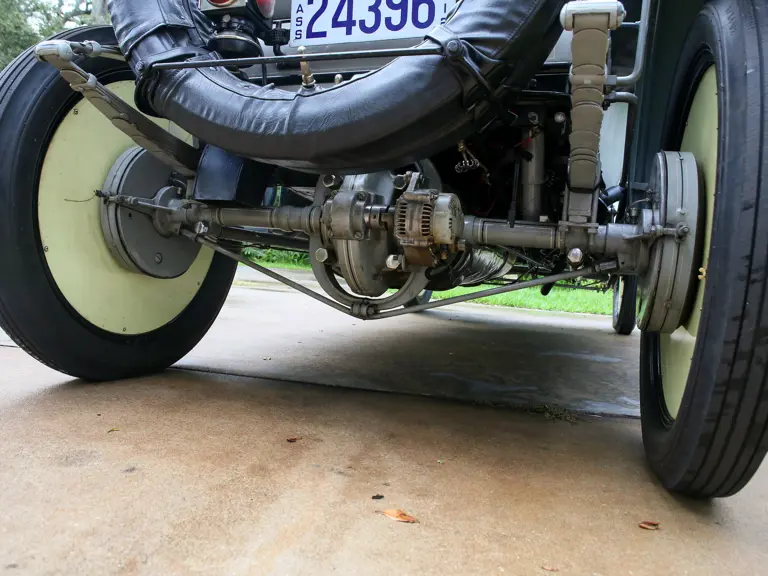

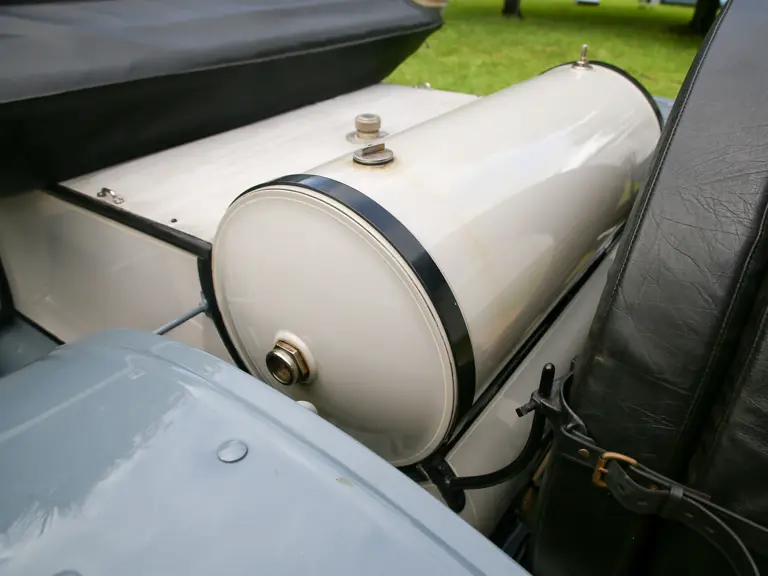


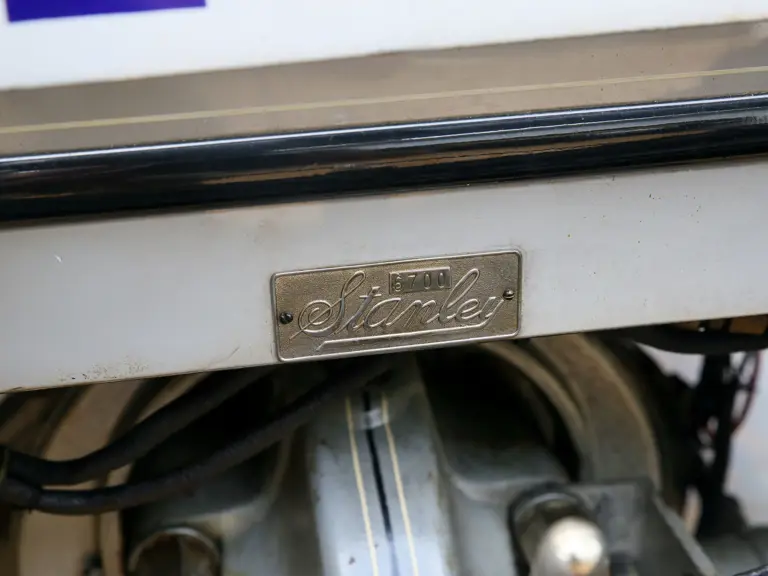
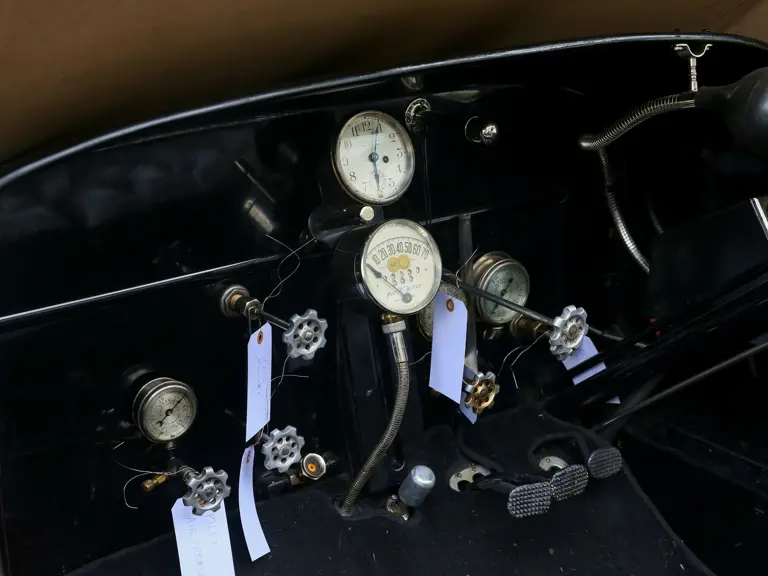
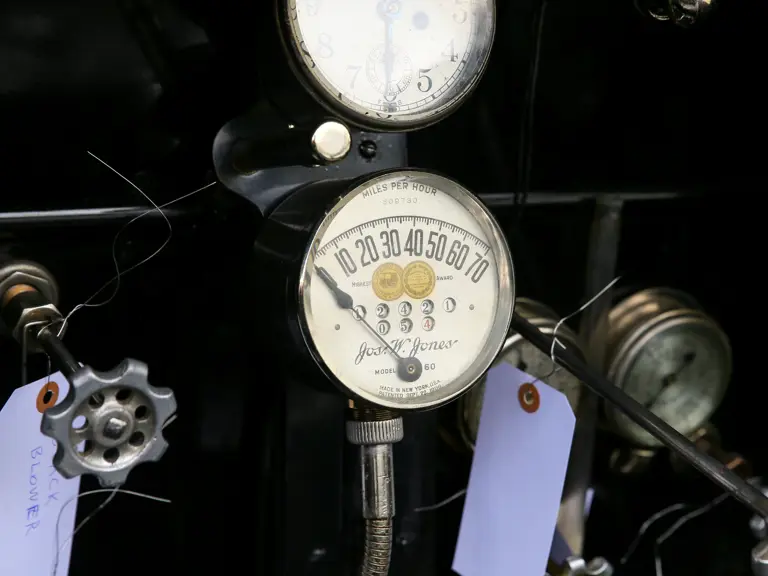







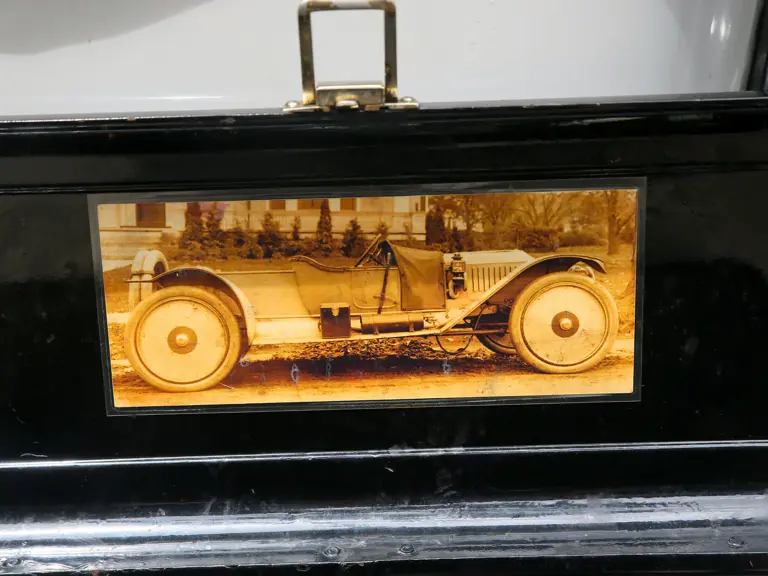
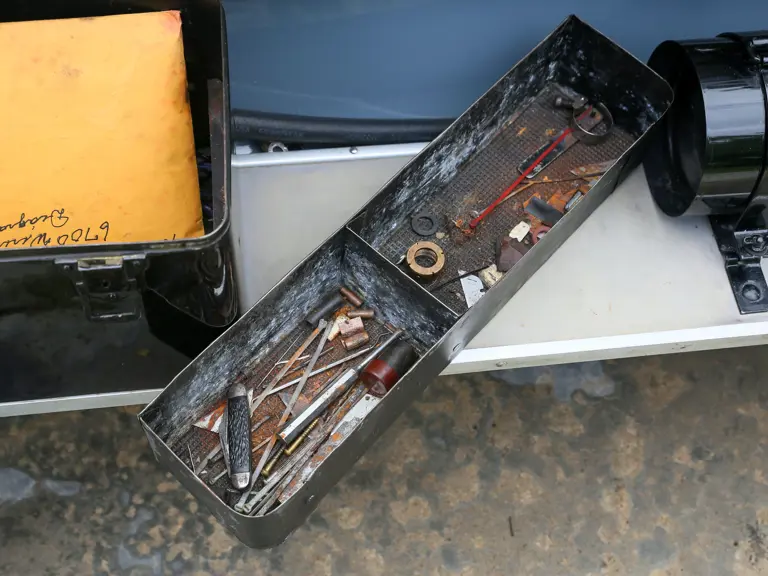


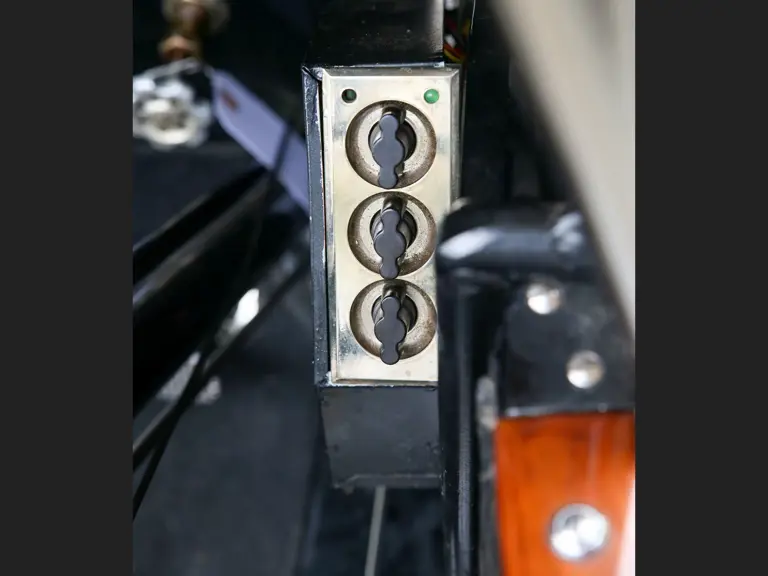

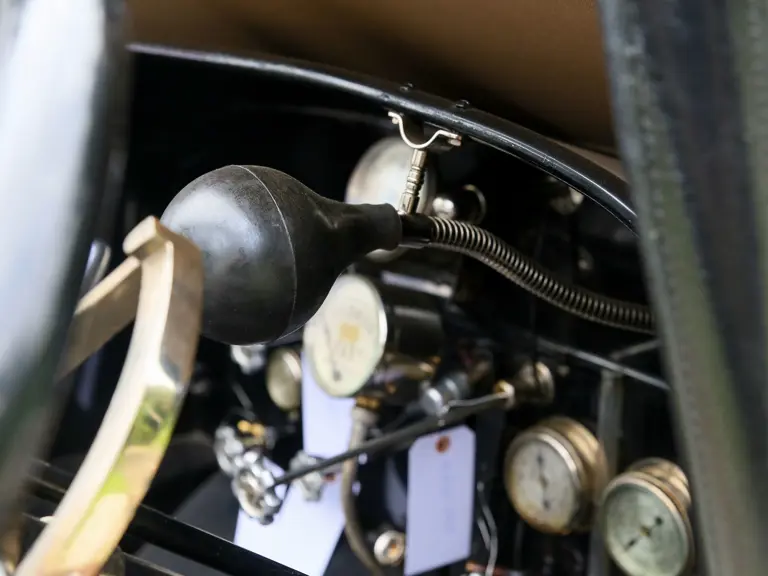
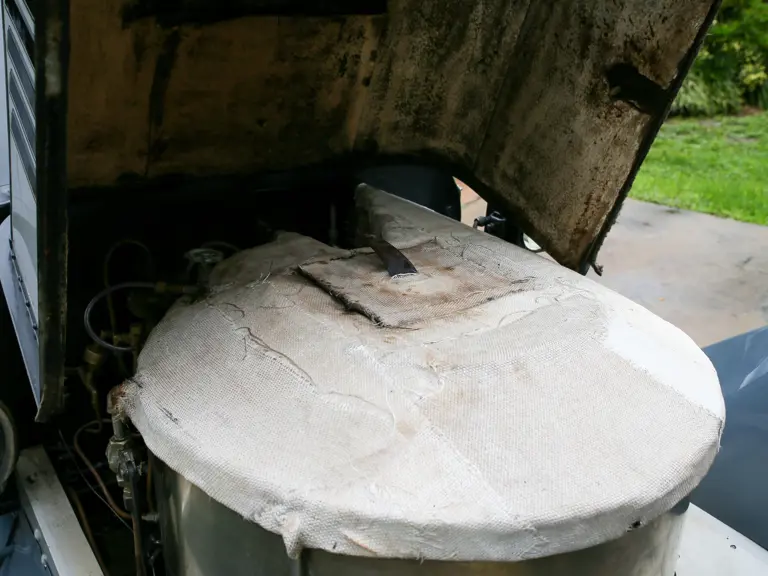
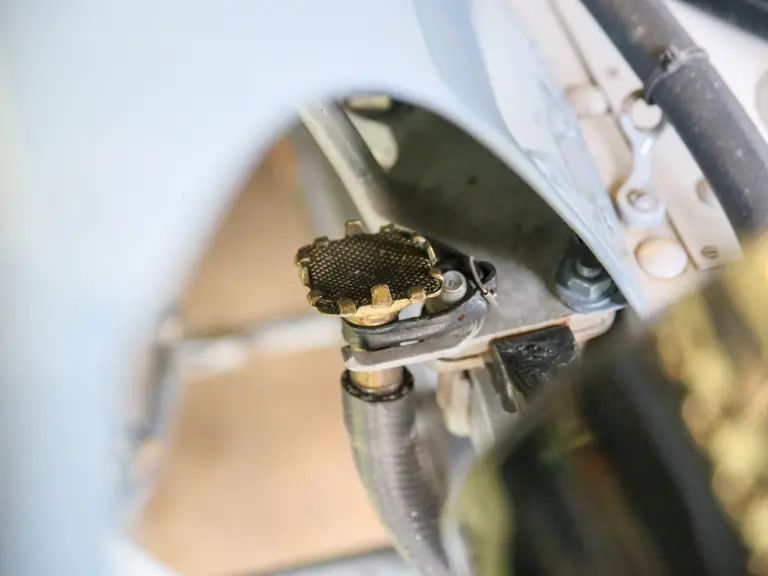
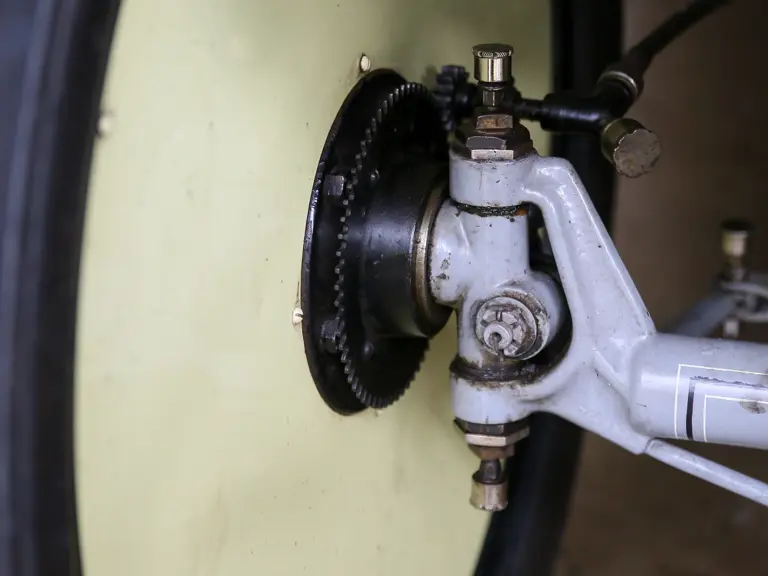
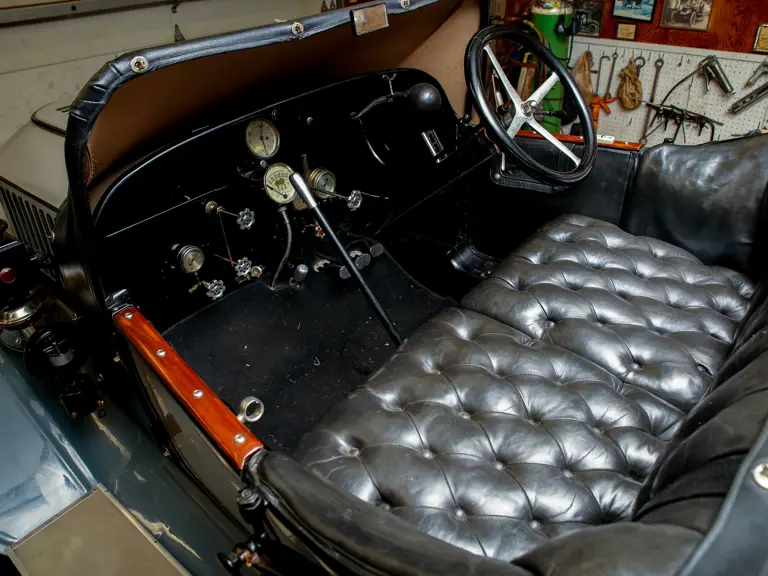

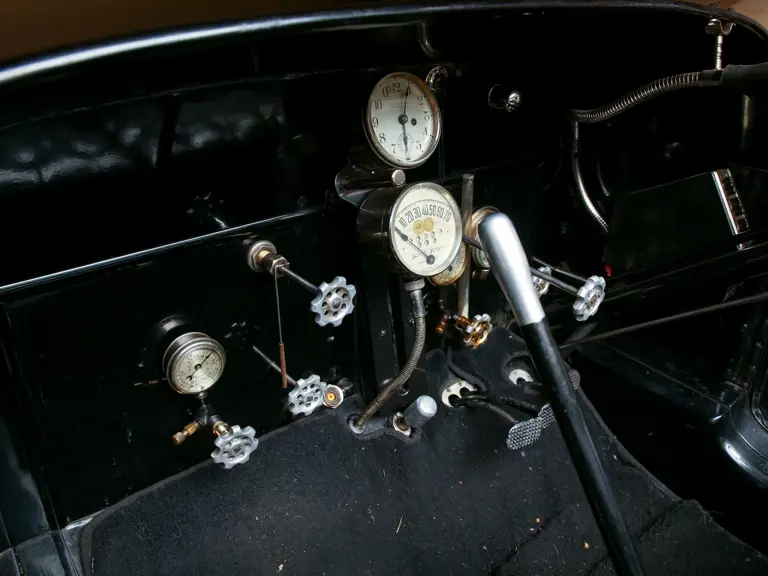


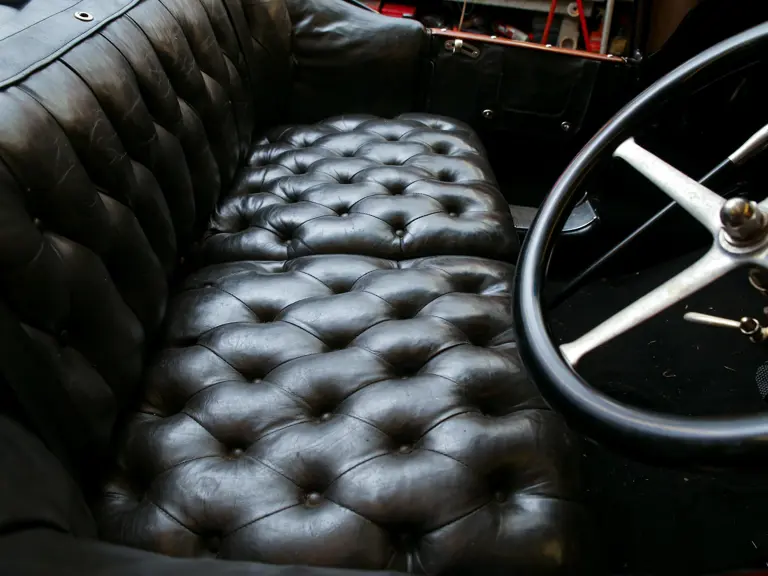
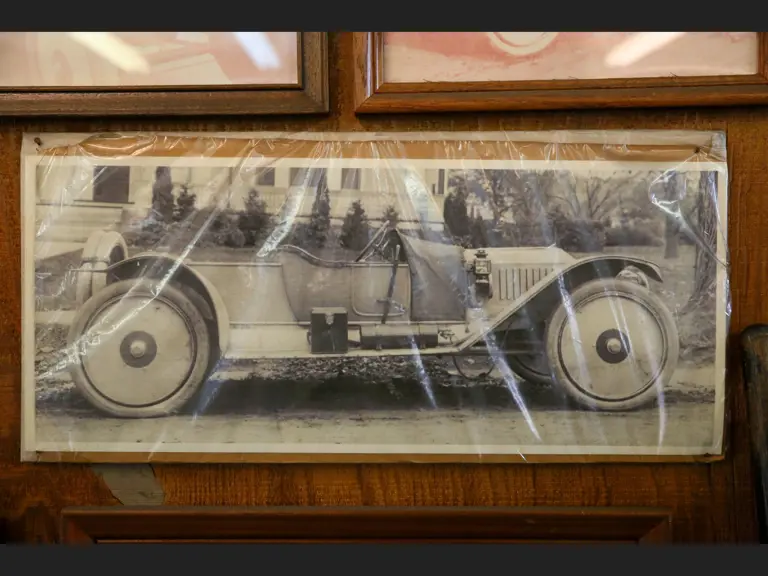
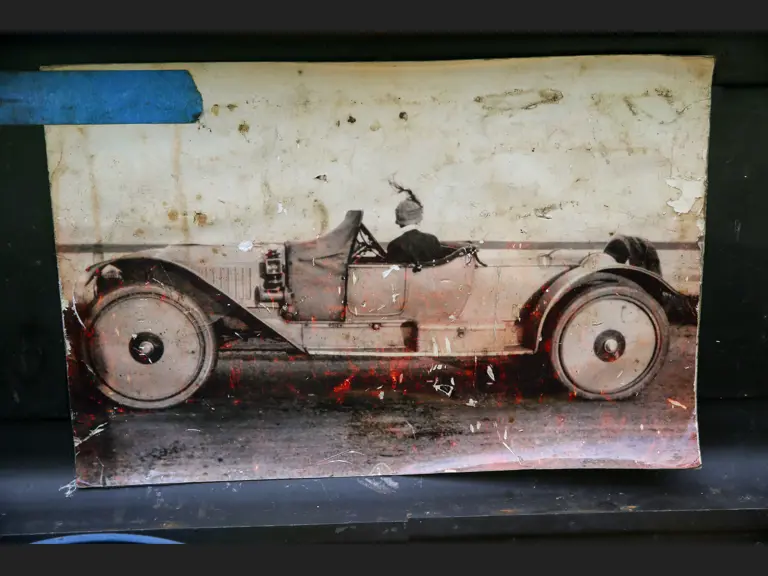
 | Hershey, Pennsylvania
| Hershey, Pennsylvania

